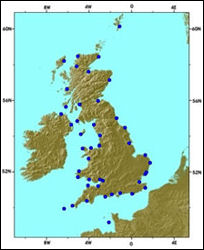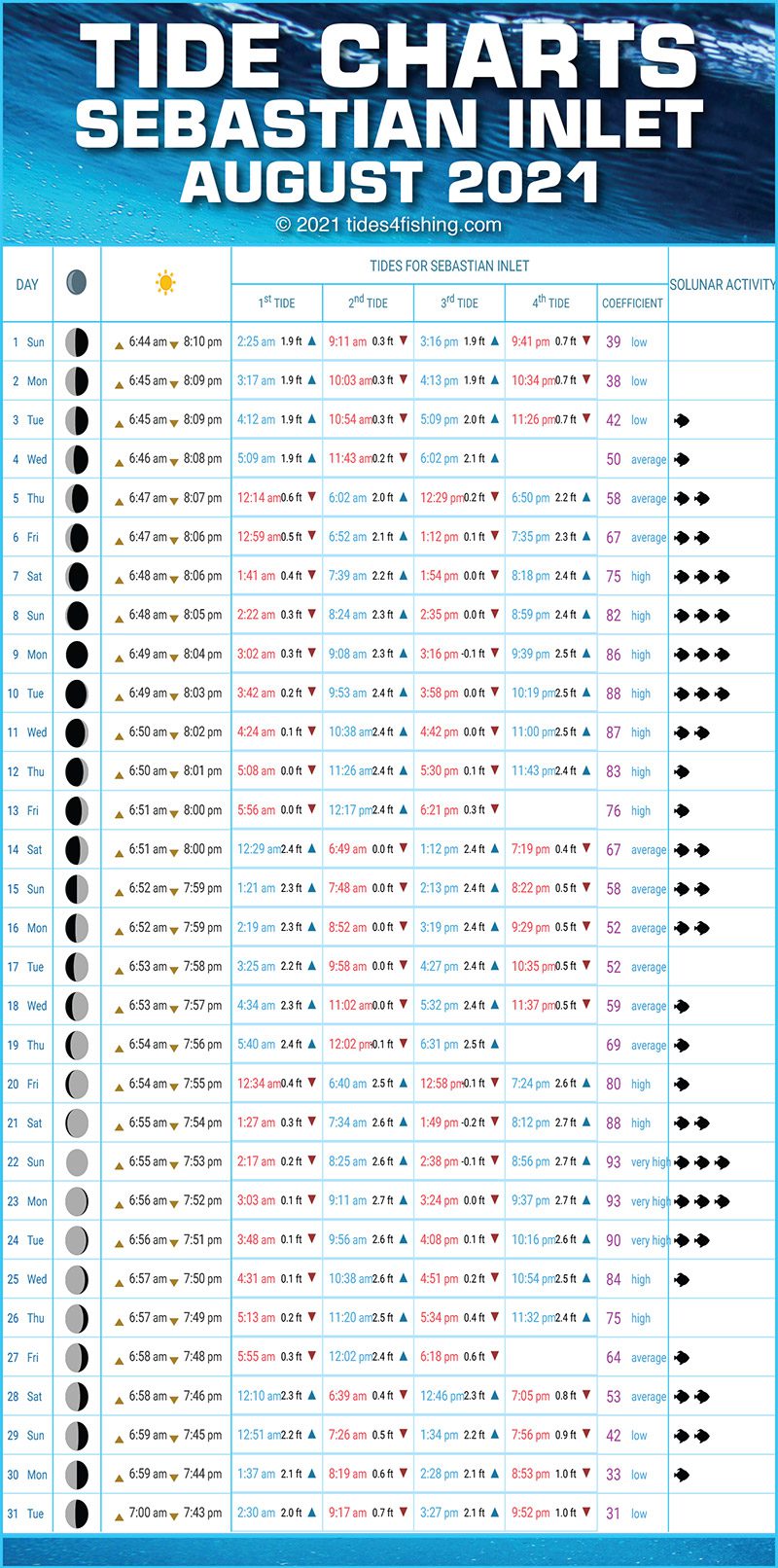
How long does it take for a bore tide?
The bore tide is based on a strong rising tide. Basically, it only takes 4-5 hours for the bore tide to transition up the entire Arm. From the time low tide occurs at Fire Island, you can expect to see the bore tide at Bird Point 2.5 hours later.
What are the predicted tide times for Friday 19 August 2022?
The predicted tide times today on Friday 19 August 2022 for Sunrise, Turnagain Arm #11 are: first high tide at 1:15am, first low tide at 8:55am, second high tide at 2:19pm, second low tide at 8:51pm. Sunrise is at 6:18am and sunset is at 9:42pm. which is in 3hr 55min 31s from now. which is in 10hr 27min 31s from now. The tide is rising.
How long does it take for the bore to arrive?
The bore can arrive up to 20 mins. early or 30 mins. late depending on prevailing weather conditions Make sure you get there early! For months where no bores are shown, no tides exceed 9.0m, at Sharpness and thus no bores occur
When Can I See The Bore Tide?
What is bore tide?
How many feet does it take for a bore to form in Turnagain Arm?
How fast can bore tides travel?
How long does it take for a bore to travel?
How long does it take for bore tide to reach Bird Point?
When are bore tides strongest?
See 2 more

When can I see the tidal bore?
Nature Notes: The tidal bore is a wave of water that immediately precedes the incoming tide. Soon after the wave goes through, the tide rises quickly and impressively in this region which experiences the highest tides in the world. Try to catch the tidal bore when the moon is full to see a more impressive wave.
What time is the bore tide in Anchorage?
2022-2023 Girdwood, Alaska Bore Tide ScheduleDateTime*Low**03/21/227:30 PM-1.103/21/226:55 AM0.903/22/228:12 PM-0.603/22/227:28 AM2.193 more rows
Can you see the bore tide from Beluga Point?
The best viewing spots are described below and found on the map. Anchorage to Beluga Point- The first 20 minutes on the Seward Highway offers close-up views of the Tide. There are five highway pullouts along this stretch.
How long does tidal bore last?
The height of the bore is greater near the banks of a river than at midstream. Because of momentum, some bores continue to move upstream for about one-half hour after high water.
How often is the bore tide in Alaska?
A bore tide can be seen nearly every day somewhere in Turnagain Arm just after low tide. The size depends on the range of the tide, so the most dramatic bore tides occur during days with extreme minus tides. Arrive at least half an hour before the predicted tide will arrive; bore tides may not arrive on time.
When can you see belugas in Turnagain Arm?
Belugas are often seen south of Anchorage along Turnagain Arm from mid-July through August when salmon are running. They may be seen from shore near Nome on the Seward Peninsula as they follow the tomcod migration down the coast in fall.
What is the largest tidal bore in the world?
The Qiantang riverThe Qiantang river at Hangzhou in China has the largest tidal river bore in the world, which can be over 4 m high, 3 km wide, and travelling with a speed in excess of 24 km hr−1 (15 mph). At certain locations, reflected waves can reach 10 m in height, and its roar can be heard over an hour before its arrival.
When can you see whales at Beluga Point?
Belugas are often seen from mid-July through August when salmon are running in Cook Inlet where their numbers have hovered between 300 to 375 whales since 2000. Belugas use sonar to find their way and catch fish in the silty waters of the inlet.
Where is the highest tide in Alaska?
The highest tides in the United States can be found near Anchorage, Alaska, with tidal ranges up to 40 feet .
Where is the best place to see the tidal bore?
Typically, the best places to view the tidal bore are on small rivers that connect to the Bay of Fundy, such as the Salmon River in Truro, Nova Scotia, and the Shubenacadie River near South Maitland.
What are the 4 types of tides?
The Four Different Types of TidesDiurnal Tide. ••• A diurnal tide has one episode of high water and one episode of low water each day. ... Semi-diurnal Tide. ••• A semi-diurnal tide has two episodes of equal high water and two episodes of low equal water each day. ... Mixed Tide. ••• ... Meteorological Tide. •••
Does high tide change every day?
Because the Earth rotates through two tidal “bulges” every lunar day, coastal areas experience two high and two low tides every 24 hours and 50 minutes. High tides occur 12 hours and 25 minutes apart.
What is the largest tidal bore in the world?
The Qiantang riverThe Qiantang river at Hangzhou in China has the largest tidal river bore in the world, which can be over 4 m high, 3 km wide, and travelling with a speed in excess of 24 km hr−1 (15 mph). At certain locations, reflected waves can reach 10 m in height, and its roar can be heard over an hour before its arrival.
Where do Bore tides happen?
The bore can only occur in long, narrow channels. Alaska's Turnagain Arm and Knik Arm, that surround Anchorage, boast the second highest tides in North America after the Bay of Fundy. The best place to see the Alaskan bore tide is along Turnagain Arm, just south of Anchorage.
Why are the tides so extreme in Alaska?
In the higher latitudes of the northern hemisphere, the continents of North America, Europe, and Asia are pressed closer together. This “constriction” of the oceans creates the effect of a higher range of tides.
Where is the highest tide in Alaska?
Cook Inlet, particularly Turnagain Arm, has the third largest tidal range in North America and the largest in the United States. These photos show the difference in tides in the Knik Arm of Cook Inlet, along the coast of Anchorage, Alaska, where the average tidal range is about 26 ft (8 m).
Where to see bore tide?
There are numerous places to view the bore tide. Between Birdpoint and Girdwood there are several pullouts where the bore tide is almost always at it’s best. A bore tide can be seen nearly every day somewhere in Turnagain Arm just after low tide.
Why is the Cook Inlet a bore tide?
where such a bore tide forms. The bore tide is a phenomenon that occurs because the Turnagain Arm inlet is shallow, narrow, and long. It’s such a long inlet that the tide that’s going out collides with the surge of the new tide that is coming in and that creates a surf wave.
Is the bore tide dangerous?
CAUTION! Our bore tides are dangerous. Due to the quicksand-like mudflats that make up the beaches along Turnagain Arm, hikers may get stuck in the mud and drown or die from hypothermia. Always stay off the mud flats and observe the bore tide from a safe distance. Last updated: June 29, 2021.
Bore Tide Featured in
This tidal phenomenon produces considerable waves in long narrow channels when the incoming tide meets with the outgoing. There are just a few places in the world where you can observe how it happens. Turnagain Arm near Anchorage is one of them. Boral tide can be seen here every day, but usually, the waves are rather modest.
Find hotels and airbnbs near Bore Tide (Map)
Do not miss it! Add to your wishlist now and we will remind you in advance
When Can I See The Bore Tide?
In theory, you would expect the largest bore tides to occur on tides with the highest tidal differential. In reality, they tend to occur just before or after that . This means your chances for seeing a large bore are best during the five-day window that surrounds the new and full moons. Get the dates for new and full moons from the NOAA site. During this window, get the times for the two Anchorage low tides occurring each day either from tide charts available at gas stations or in the table below.
What is bore tide?
The bore tide is a rush of seawater that returns to a shallow and narrowing inlet from a broad bay. Bore tides come in after extreme minus low tides created by the full or new moon. Bore tides occur all over the world—there are around 60 of them—but only a few are large enough to make a name for themselves.
How many feet does it take for a bore to form in Turnagain Arm?
It takes not just a low tide but also about a 27-foot tidal differential (between high and low tide) for a bore to form in Turnagain Arm.
How fast can bore tides travel?
Alaska’s most famous bore tide occurs in Turnagain Arm, just outside Anchorage. It builds up to 6 – 10 feet tall and can reach speeds of 10 to 15 miles per hour.
How long does it take for a bore to travel?
You can watch the bore go by at the first pullout, then drive your car down a pullout or two and watch it come by again. It takes over five hours for the bore to travel from the mouth of Turnagain Arm to the end of it. Never walk out onto the mud flats.
How long does it take for bore tide to reach Bird Point?
The bore tide should reach Bird Point 2 hrs and 30 minutes after Anchorage/Fire Island low tide. If the wind is blowing down the arm (the way it always blows—just look at how the trees grow), add another 10-15 minutes.
When are bore tides strongest?
Extreme low tides promise the largest bores because of the amount of water rushing back into the inlet. Also, tides tend to be greatest annually at the equinoxes (March and September), particularly during the fall equinox, so look for especially strong bore tides if you’re traveling then.
